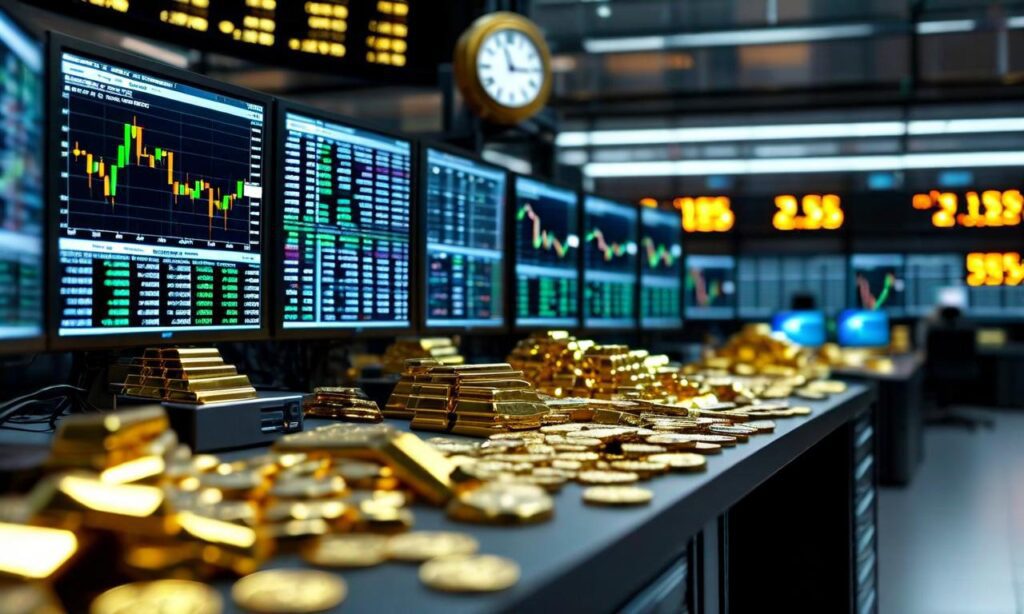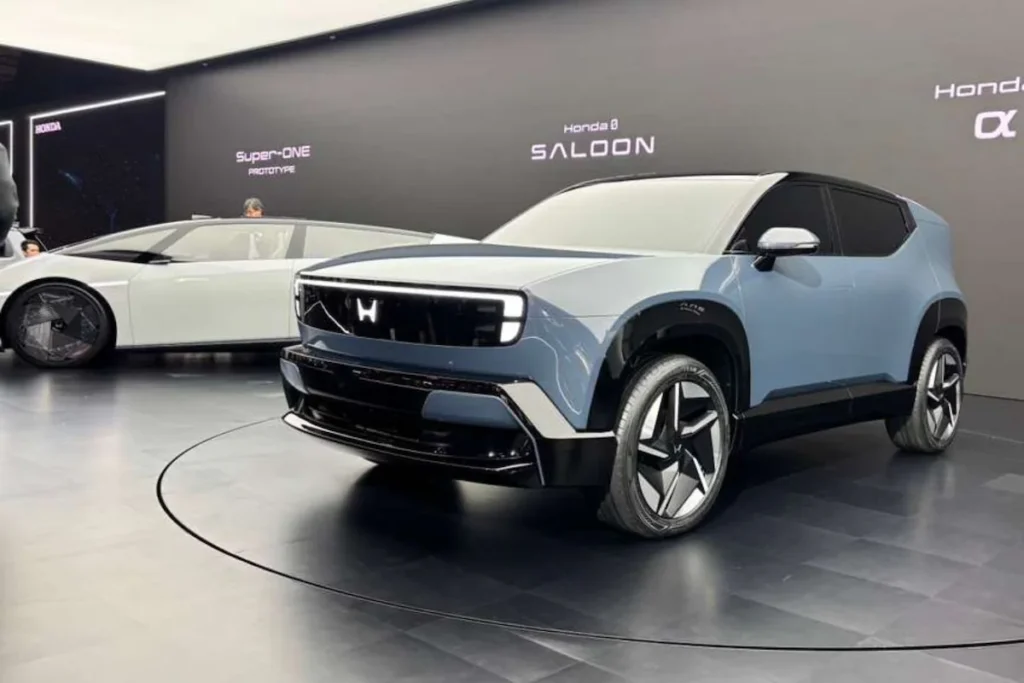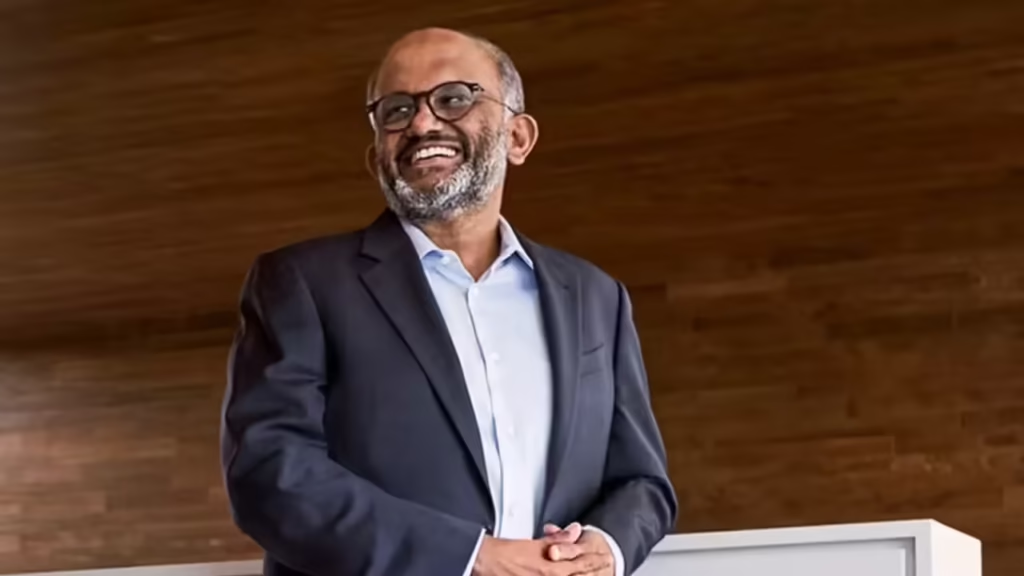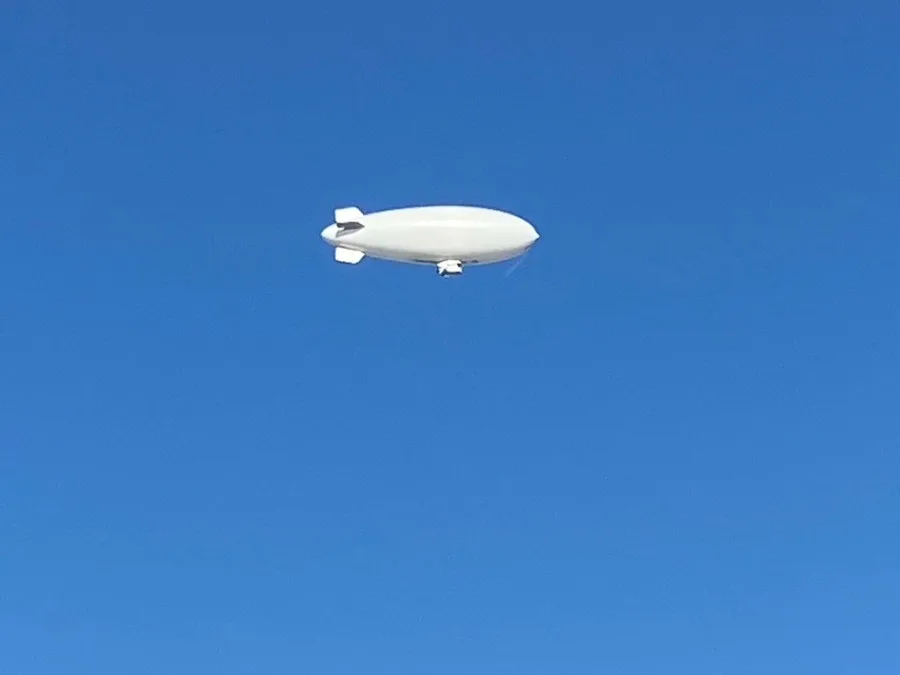Now Reading: China’s Rare Earth Control Threatens Europe’s Auto Industry Future
-
01
China’s Rare Earth Control Threatens Europe’s Auto Industry Future
China’s Rare Earth Control Threatens Europe’s Auto Industry Future

As global demand for electric vehicles (EVs) surges, China’s dominance over rare earth minerals is causing deep concern across Europe’s auto sector. These critical elements, essential for EV motors and batteries, are largely mined and processed in China. Now, with signs of export restrictions and rising geopolitical tensions, European manufacturers fear a supply squeeze — a move that could disrupt production, push up costs, and shift the global auto balance.
Rare Earths: Small Elements, Big Impact
Rare earth elements like neodymium and dysprosium are crucial for the powerful magnets used in EV motors. While they are not truly “rare,” China controls nearly 90% of global refining and processing capacity. This gives it enormous leverage over global industries, especially automotive and tech.
Europe, despite its strong EV market, remains heavily dependent on these imports, with limited alternatives in the short term.
A Strategic Move by China
China’s increasing focus on resource nationalism means it may use rare earths as a geopolitical tool. While no official export bans are in place, tighter regulations, slower approvals, or price controls can have the same effect. Such moves are often responses to trade restrictions or diplomatic strains with the West.
This puts pressure on European automakers — from Germany to France — who now face the risk of halted supply chains or inflated raw material costs.
Impact on the European Auto Industry
Europe has invested heavily in electric mobility, aiming to phase out fossil-fuel vehicles in the coming decade. But any disruption in rare earth supply could derail these plans. Production slowdowns, higher EV prices, and reduced competitiveness against Chinese and American EVs are real threats.
This challenge is especially severe for mid-sized automakers, who may not have the power to secure long-term supply contracts or invest in alternate technologies.
Why India and Tier 2 Cities Should Watch Closely
India too is expanding its EV ecosystem — not just in metros, but also in Tier 2 cities like Indore, Surat, and Nagpur. As global supply chains shift, India could either face similar constraints or find new opportunities.
If European carmakers reduce output or delay launches, Indian EV startups might find a chance to grow. At the same time, India’s own rare earth reserves and refining capabilities could become strategically valuable if developed wisely.
Conclusion
China’s grip on rare earths is more than an economic advantage — it’s a strategic lever. As Europe’s auto giants grapple with supply uncertainty, the global EV race may enter a new, more competitive phase. For countries like India, this is both a cautionary tale and a moment to plan ahead — to build resilience, invest in domestic capability, and carve out a stronger role in the future of mobility.

























